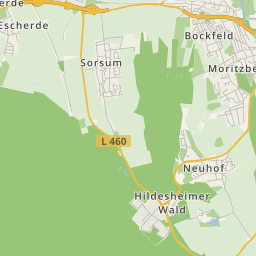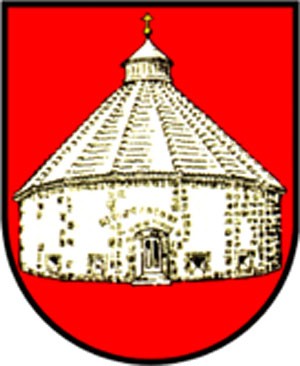












The community Söhlde is situated topographical in the Hildesheimer Börde at the passage of the Harz foothills to the North German Plain. the community area is being crossed by the Bundesstrassen (main roads) B 1 and B 444 as well ad by the railway line Hildesheim–Braunschweig (station Hoheneggelsen).
With 14 windmills and post mills, Söhlde was Europe's village with the most mills. Today, Söhlde is most of all characterised by chalk exploitation. The extraction site is one of the biggest in the world.
On the 12th of August 1944, the dropping of high explosive bombs over Söhlde caused nine deaths, one residence was destroyed. On the 22nd of October 1944, at lunch time, the village Hoheneggelsen was hit by high explosive and incendiary bombs, which fell onto the village, onto the sports ground and arable land. Five people died.
Near the village Hoheneggelsen, is a decommissioned special landfill site of the state Lower Saxony situated.
The present community Söhlde was newly created on the 1st of March 1974, in the course of the regional reorganisation by merging the old community with the communities Bettrum, Feldbergen, Groß Himstedt, Hoheneggelsen, Klein Himstedt, Mölme, Nettlingen and Steinbrück. Due to the dissatisfaction with the name, most of all in the village Hoheneggelsen, the community was renamed through a Lower Saxony 'reform correction law' in Hoheneggelsen on the 1st of May 1981. But a judgement by the Federal Constitutional Court on the 12th of January 1982, annulled the interference in the law relating to the use of a name as unlawful. And thus, on the 7th of April 1982, a renewed renaming to Söhlde took place.